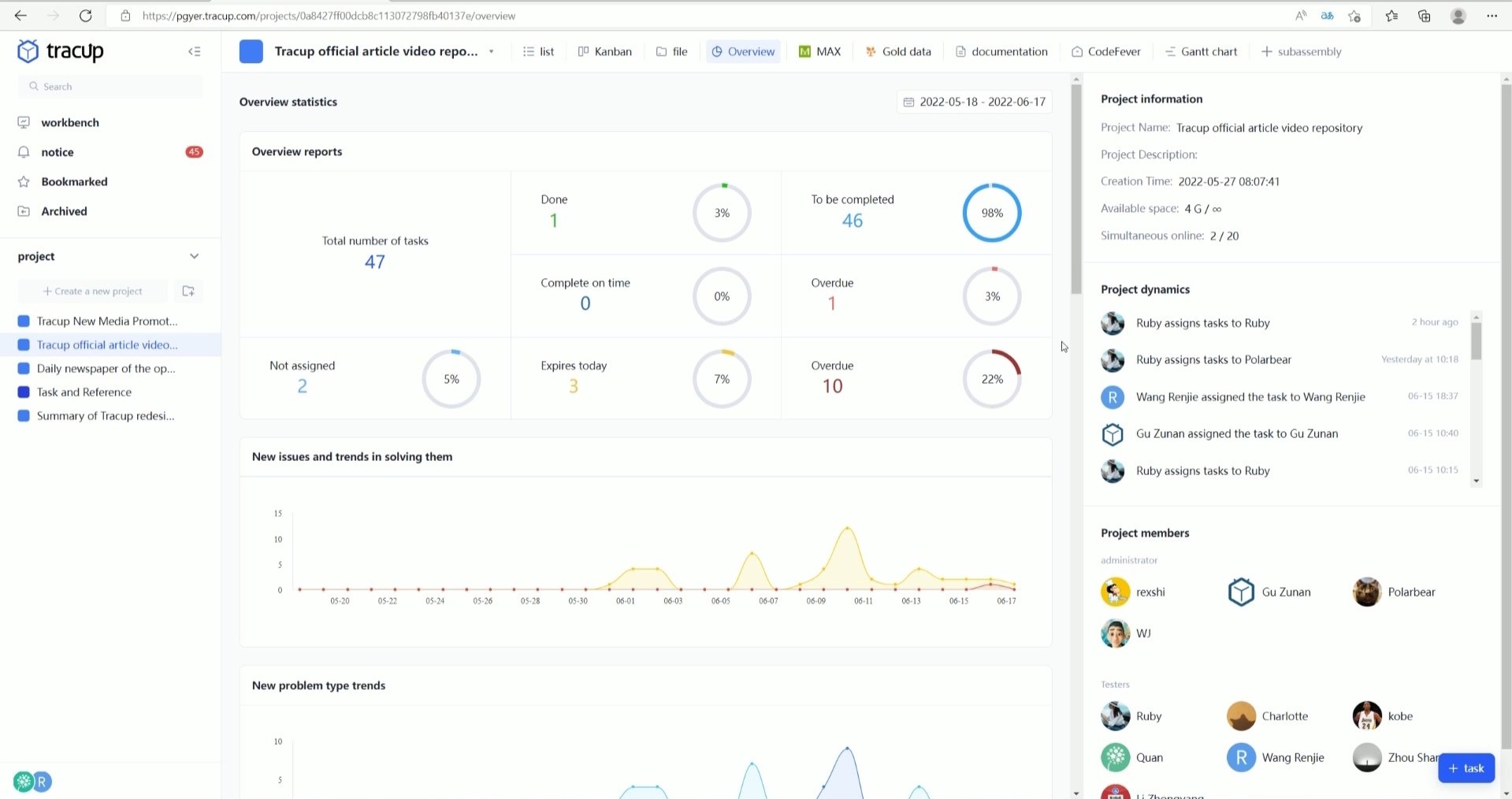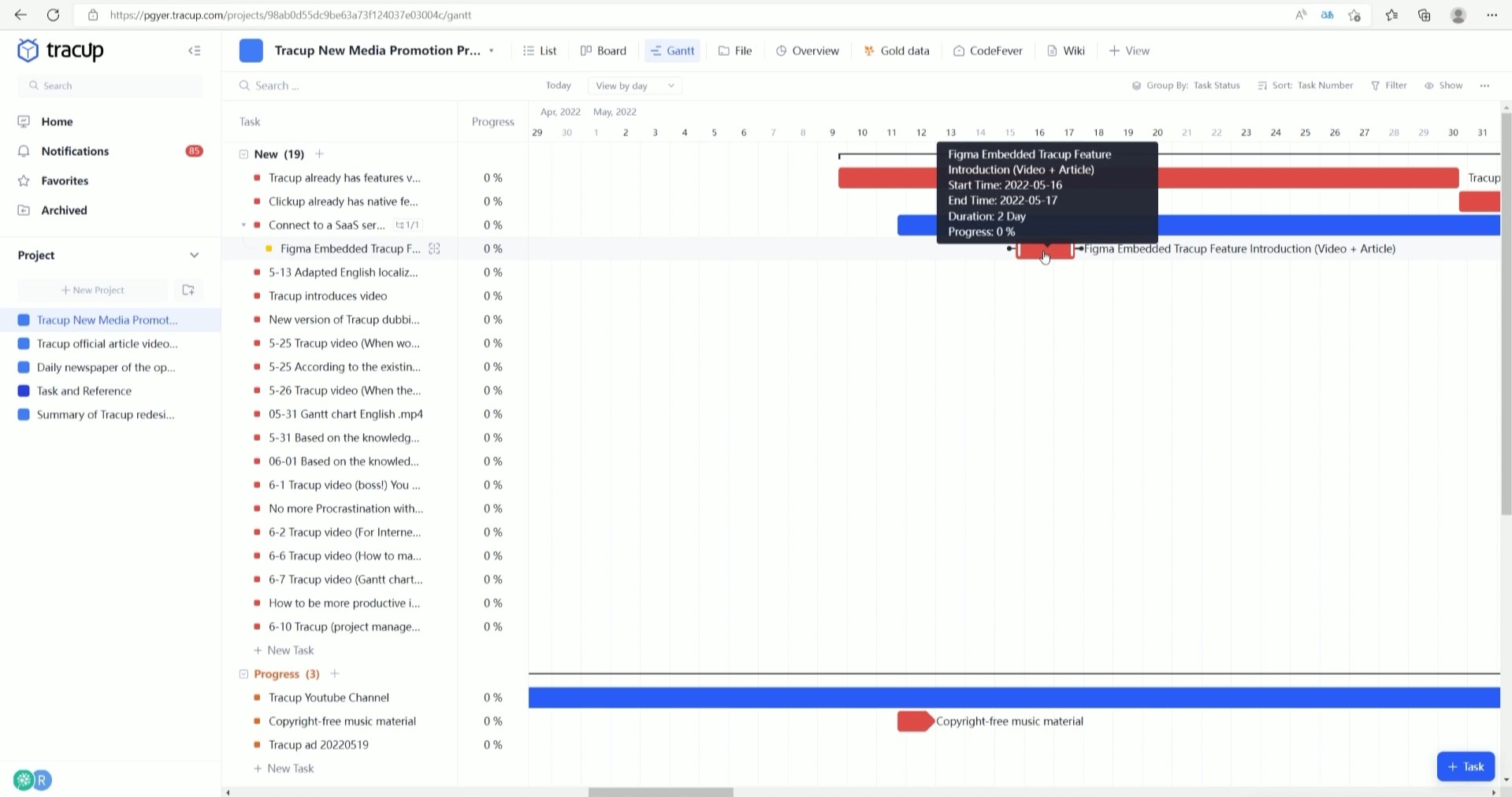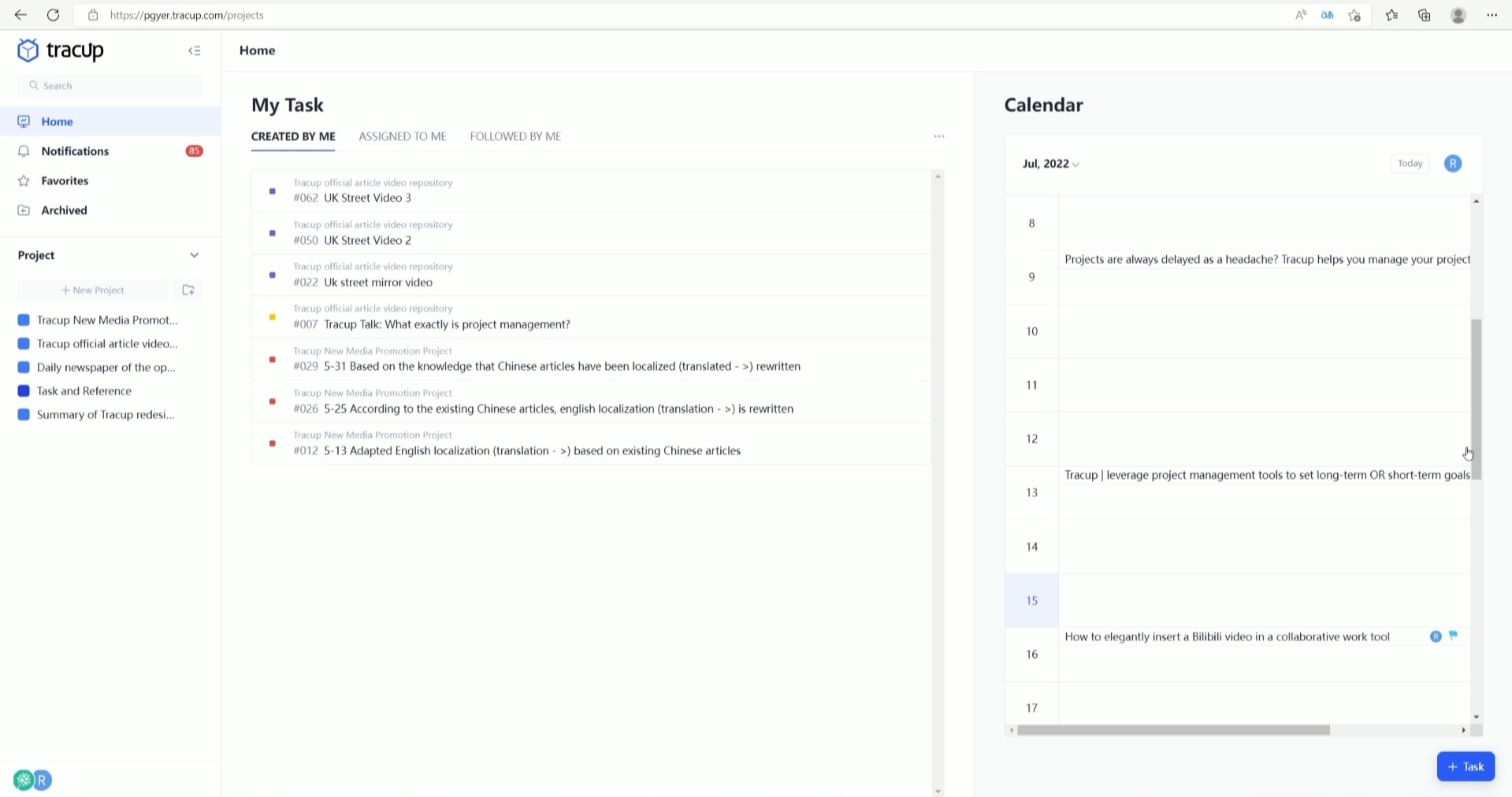Set career goals as your primary task, and get progress from short-term to long-term.
A career goal can be viewed as self-improvement to make you better in your present job; it can be a milestone you aim to attain in your chosen career; or it can be a career turning point, such as a total career shift.
How to set short and long-term career goals easy
Tasks cannot be done by themselves. Just like employees cannot wish to be rich before they go to bed and expect to wake up in a mansion. Short- and long-term professional goals are essential regardless of business schedule or life plan.
By setting short-term professional goals and observing progress at each stage, life-changing visions could be achieved. Meanwhile, long-term professional goals can provide directions for one’s life or career. On Tracup, life-changing visions can be achieved by setting short-term goals or observing progress at each stage and long-term goals can provide directions for life or career.
Setting long-term and short-term goals depends on what is most important and what can benefit the growth of the professional team or individual.
1. Specific and measurable objectives
Assume one’s goal is to be happy, but it is not a specific thing. Maybe Mike thinks happiness is an emotion, but for Jeff, it might be finishing work early on Friday. Thus, the target has to be a measurable one to a certain extent.
2. Be realistic
When creating goals, individuals need to ensure that each factor is covered:
•What do I want to complete?
•Why do I want to achieve this goal?
•When do I want to finish this?
Setting achievable goals, for example, exercising consistently every day. In this way, it is usually easier to achieve a sense of achievement while improving confidence.
As one of the best free platforms in the industry, Tracup provides multiple templates for users to use, track and manage project goals. Powerful features enable you to set goals and track and visualize their progress.
Target:
Firstly, the target board in Tracup allows developers to stay on track with clear timelines, OKRs (Objectives and Key Results), and automatic progress to achieve goals. By setting high-level goals, it is possible to break them down and achieve efficient management. Goals (small targets) include OKRs which users can track in the form of numbers, tasks, or true/false statements.

Gantt chart timelines:
Gantt charts can be used to create clear timelines for users’ short and long-term targets.
It can be used to:
•Arrange tasks or goals
•Use the drag and drop function to move tasks and rearrange them
•Visualise and manage dependencies

Calendar:
For freelancers, time is free, but time also represents money. The calendar in Tracup allows developers to track goals, and plan and view project schedules. Tasks and deadlines are clearly marked out, which is very helpful for teams to complete projects on time. No more struggling with a cluttered to-do list! Giving users a much clearer view of the target. Setting short and long-term goals is a roadmap to success. However, goals that are not well-supported by strategies are usually difficult to achieve!

Comments
Post a Comment